Do You Know The Specifications Of Sand And Gravel Materials
Mining machinery can crush large-size stones into stones or sands of different sizes to meet the different requirements of construction, railways, highways, highways, and other projects on sand and gravel materials. Understanding the specifications of the finished material can provide the necessary reference for the user to select the equipment.
1. Stones divided according to particle size and particle size
In the mining industry, the particle size of the stones is usually between 5mm-31.5mm, among which:
5-1 stones represent 5-10mm crushed stones.
1-2 stones represent 10-20mm gravel.
1-3 stones represent 16-31.5mm gravel.
2-4 stones represent two or four points, the international standard is 1/4-1/2 inches, which means 10-15mm gravel.
4-6 stones represent four or six points. The international standard is 1/2-3/4 inch, which means 15-20mm gravel.
Because the size of the crushed stone is not uniform, it is necessary to use a vibrating screen for screening and grading. This range is 1-2, 1-3, 2-4, and the unit is cm. For example, 1-2 is this range. The small diameter of the gravel is 1 cm, and the large diameter is 2 cm. Of course, this range refers to the vast majority, not all.
2. Sand according to particle size and particle size
The standard for construction sand requires a particle size of less than 5mm. Rock debris formed and accumulated in natural conditions such as lakes, seas, rivers, mountains, etc., can also be construction particles with a particle size less than 4.75mm that are processed by mining machinery. . The thickness of sand is divided into 4 levels according to the modulus of fineness:
Coarse sand: The fineness modulus is 3.7-3.1, and the average particle size is 0.5mm or more.
Medium sand: The fineness modulus is 3.0-2.3, and the average particle size is 0.5-0.35mm.
Fine sand: The fineness modulus is 2.2-1.6, and the average particle size is 0.35-0.25mm.
Extra-fine sand: The fineness modulus is 1.5-0.7, and the average particle size is less than 0.25mm.
3. Other specifications of sand and gravel
1). Needles and flake particles
The stone particles whose length is greater than 2.4 times the average particle size of the particle size to which the particle belongs are needle-shaped. Those with a thickness less than 0.4 times the average particle size are flaky particles (the average particle size refers to the average of the upper and lower limits of the particle size).
2). Mud content
The content of particles with a particle size less than 75um in the stone.
3). Mud content
The original particle size in the crushed stone is greater than 4.75mm, and the particle content is less than 2.36mm after being immersed in water and hand-kneaded.
4). Stone powder content
Stone powder refers to rock particles with a particle size of less than 0.075mm (75 microns).
5). Robustness
The ability of sand and gravel, especially stones, to resist cracking under the action of natural weathering and other external physical and chemical factors.
In addition to particle size and particle size specifications, various industries also have corresponding requirements for the needle-like particles, mud content, mud content, stone powder content, and firmness of sand and gravel materials. Therefore, the requirements must be specified in advance when configuring the production line to avoid impact the quality and marketability of finished materials.





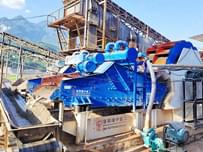
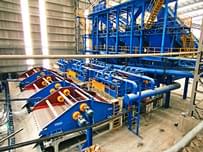
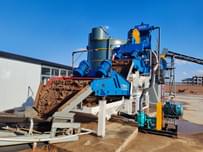
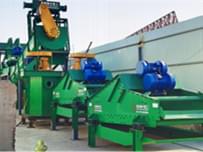
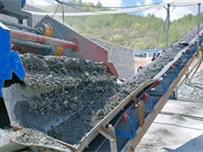
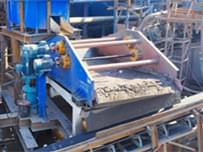
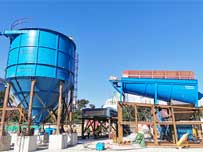
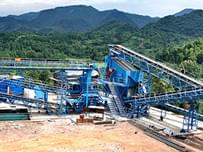




Send Message
Please write down your requirement and contact details in the following form. You can also send a message to us by this email export@lylzzg.com, we will reply to you within 24 hours.